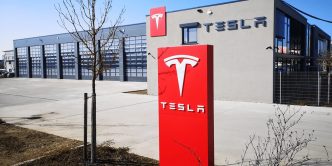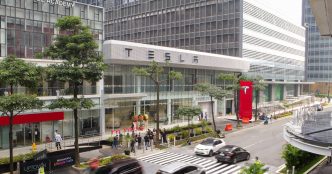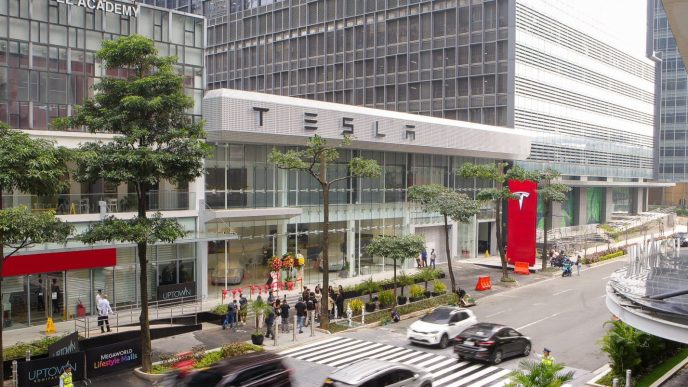Tesla reported its first annual decline in vehicle deliveries in 2024 but outlined a growth strategy for 2025 focused on new vehicle launches, self-driving advancements, and energy storage expansion. Unlike previous years, the company did not provide specific sales targets in its Q4 and 2024 shareholder deck.
Tesla plans to reignite sales growth with the launch of more affordable electric vehicles (EVs) in 2025. These vehicles, based on a combination of the existing Model 3/Y platform and the next-generation platform, are slated for production in the first half of 2025.
See also: Tesla’s Revenue Growth Slows in 2024 Amid Automotive Decline
Q4 & Full Year 2024 Shareholder Update → https://t.co/sXBSeLibSL
Highlights
– We expect Model Y to become the world’s bestselling car of any kind for the 2nd year in a row
– And it’s become even better, with the New Model Y now launched in all markets. Production will begin… pic.twitter.com/wUrnzI78QN
— Tesla (@Tesla) January 29, 2025
Tesla also highlighted its Full Self-Driving (FSD) technology as a key growth driver. CEO Elon Musk announced during the earnings call that the company plans to launch a paid FSD Unsupervised (robotaxi) service in Austin, Texas, in June 2025. Musk added that a launch in California is also planned for this year, though no specific timeline was provided. The company aims to expand the robotaxi service to additional U.S. markets by the end of 2025.
See also: Tesla to Launch Unsupervised Self-Driving Service in Austin, Texas, in June
Beyond vehicles, Tesla is positioning its energy business as a significant contributor to future growth. The company expects energy storage deployments, including its Powerwall and Megapack products, to grow by at least 50% year-over-year in 2025. Continued investment in battery technology and grid-scale energy storage could help Tesla’s energy division become a more stable revenue stream, offsetting the cyclical nature of the auto industry.














